Product Description
INDUSTRIAL TIMING PULLEY
. Feature
Our Timing Belt uses Japan-imported high quality synthetic neoprene, high quality glass fiber cord and tooth surface with nylon 66 high stretch do the protection. The timing belt adapts teeth or teeth mesh to transfer power. It needs no lubrication, no slip, no pollution, less noise. The transmission efficiency is over 98%, and the speed ratio can reach 1:10. Linear velocity can be up to 50m/s. Its dynamic bending wind gives a good fatigue performance, and good aging heat-resistance abrasion performance.
. Parameters
Figure 1. Physicomechanical Property
| Item | Trapezoid Teeth | Arc Teeth | ||||||||
| XL | L | H | XH | XXH | 3M | 5M | 8M | 14M | 20M | |
| Tensile Strength N/mm | 80 | 120 | 270 | 380 | 450 | 90 | 160 | 300 | 400 | 520 |
| Elongation Reference at Loading N | 60 | 90 | 220 | 300 | 360 | 70 | 130 | 240 | 320 | 410 |
| Adhesion strength of cloth N/mm | 5 | 6.5 | 8 | 10 | 12 | – | 6 | 10 | 12 | 15 |
| Adhesion strength of core N/mm | 200 | 300 | 600 | 800 | 1500 | – | 400 | 700 | 1200 | 1600 |
| Gear shearing intensity N/mm | 50 | 60 | 70 | 75 | 90 | – | 50 | 60 | 80 | 100 |
| Elongation ≤ % | 4% | |||||||||
| Hardness Shore A | 75 ± 5 | |||||||||
Figure 2: Belt Teeth Size
| Type | Pitch (pb) mm | Tooth height (ht) mm | Belt thick (hs) mm | Angle |
| MXL | 2.032 | 0.51 | 1.14 | 40º |
| XXL | 3.175 | 0.76 | 1.52 | 40º |
| XL | 5.080 | 1.27 | 2.3 | 40º |
| L | 9.525 | 1.91 | 3.6 | 40º |
| H | 12.7 | 2.29 | 4.3 | 40º |
| XH | 22.225 | 6.35 | 11.2 | 40º |
| XXH | 31.7 | 9.53 | 15.7 | 40º |
| T2.5 | 2.5 | 0.7 | 1.3 | 40º |
| T5 | 5.0 | 1.2 | 2.2 | 40º |
| T10 | 10 | 2.5 | 4.5 | 40º |
| T20 | 20 | 5.0 | 8.0 | 40º |
| AT5 | 5.0 | 1.2 | 2.7 | 40º |
| AT10 | 10 | 2.5 | 5.0 | 40º |
| AT20 | 20 | 5.0 | 8.0 | 40º |
. Production Equipment
01, pulley CNC processing zone 02, synchronous belt making machine 03, synchronous round roll teeth processing zone
04, synchornous belt curing processing zone 05, 3 roll calender 06, direct drive belt forming machine
07, pulley workshop timing mould
. Quality Testing
FAQ
Q1. Can I have a sample order?
Yes, any sample order is welcome to know the quality of our products.
Q2. What about the lead time of the sample or the final order?
2-5 days for normal sample.
20-30 days for a formal order.
Q3. How much is the minimum quantity for each item in 1 order?
One mould quantity is ok. Usually around 100pcs for small item, several dozens for big item.
Q4. Is it possible to print our logo or brand on the belt?
Yes, we can print your logo or design on the belt after receipt of your formal authorization letter of the logo or your brand.
Q5. Do you offer the guarantee for your product?
Yes, usually we offer 1 year warranty for all of our products.
/* January 22, 2571 19:08:37 */!function(){function s(e,r){var a,o={};try{e&&e.split(“,”).forEach(function(e,t){e&&(a=e.match(/(.*?):(.*)$/))&&1
| Standard or Nonstandard: | Standard |
|---|---|
| Application: | Electric Cars, Motorcycle, Car |
| Feature: | Wear-Resistant, High Temperature-Resistance |
| Tensile Strength: | Strong |
| Material: | Rubber |
| Type: | Toothed Belt |
| Samples: |
US$ 0.1/Piece
1 Piece(Min.Order) | |
|---|
| Customization: |
Available
| Customized Request |
|---|
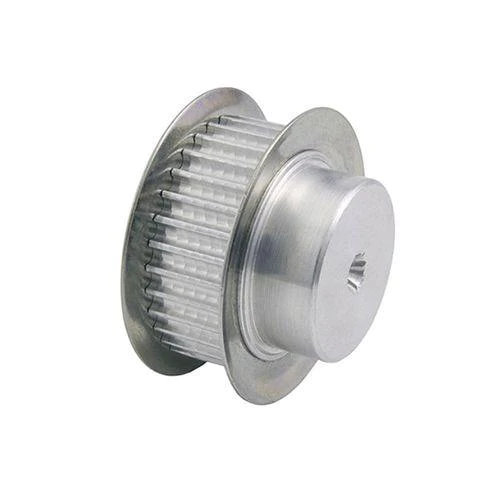
What is the impact of tooth pitch and belt compatibility on XL pulley performance?
The tooth pitch and belt compatibility play a significant role in the performance of XL pulleys. Here is a detailed explanation of their impact:
1. Tooth Pitch:
The tooth pitch refers to the distance between the center of one tooth to the center of the adjacent tooth on a pulley. In the case of XL pulleys, they are designed to match XL belts with a specific tooth pitch. The tooth pitch directly affects the pulley’s performance in several ways:
a. Transmission Accuracy:
A precise tooth pitch ensures accurate transmission of motion and power between the pulley and the belt. Any deviation in the tooth pitch can result in inconsistent power transmission, leading to reduced performance and potential system errors.
b. Synchronization:
In applications that require multiple pulleys working together, such as in timing belt systems, maintaining the correct tooth pitch is crucial for proper synchronization. The teeth of the pulleys and belts must mesh precisely to ensure synchronized movement and timing accuracy.
c. Torque Capacity:
The tooth pitch affects the pulley’s torque capacity. A smaller tooth pitch allows for more teeth to engage simultaneously, distributing the load over a greater number of teeth and increasing the torque capacity. XL pulleys with a smaller tooth pitch can handle higher torque loads compared to those with a larger tooth pitch.
2. Belt Compatibility:
The compatibility between the XL pulley and the belt used in the system is crucial for optimal performance. Consider the following aspects of belt compatibility:
a. Size and Dimensions:
The XL pulley and the belt should have compatible sizes and dimensions. This includes the width and length of the belt, as well as the number of teeth on the belt. Proper sizing ensures a secure fit, prevents slippage, and maximizes power transmission efficiency.
b. Tooth Profile:
The tooth profile of the belt should match the tooth profile of the XL pulley. In the case of XL pulleys, the teeth have a trapezoidal shape. Using a belt with a different tooth profile can lead to improper engagement, increased wear, and reduced performance.
c. Material and Construction:
The belt material and construction should be suitable for the intended application and operating conditions. Factors such as the belt’s tensile strength, flexibility, and resistance to wear and temperature influence its compatibility with the XL pulley. Choosing the right belt material ensures optimal performance and longevity.
d. Manufacturer Recommendations:
It is important to refer to the manufacturer’s recommendations and specifications for both the XL pulley and the belt. Manufacturers provide guidelines for selecting compatible belts based on the pulley’s design, tooth pitch, and intended application. Adhering to these recommendations ensures proper performance and avoids compatibility issues.
In summary, the tooth pitch and belt compatibility have a significant impact on the performance of XL pulleys. The tooth pitch influences transmission accuracy, synchronization, and torque capacity. Belt compatibility, including size, dimensions, tooth profile, material, and following manufacturer recommendations, ensures optimal performance and reliable operation of the XL pulley system.
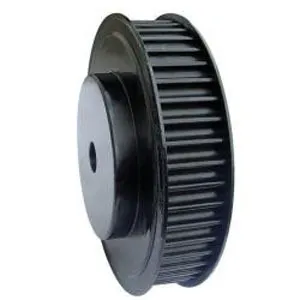
What are the advantages of using XL pulleys in power transmission systems?
XL pulleys offer several advantages when used in power transmission systems. Here are some of the key advantages:
1. Precise Motion Control:
XL pulleys, along with their corresponding timing belts, provide precise motion control in power transmission systems. The teeth on the pulleys engage with the teeth on the belt, resulting in accurate and repeatable positioning. This makes XL pulleys suitable for applications that require precise speed and position control, such as robotics, CNC machines, and automation systems.
2. High Efficiency:
The toothed profile of XL pulleys enables efficient power transmission with minimal energy loss. The positive engagement between the pulley and the timing belt reduces slippage and ensures a high level of efficiency in transferring rotational motion. This efficiency is particularly advantageous in applications where power efficiency is critical, as it helps reduce energy consumption and improves overall system performance.
3. Wide Range of Speed Ratios:
XL pulleys are available in various tooth counts, allowing for a wide range of speed ratios in power transmission systems. By selecting different pulley sizes or combinations, the rotational speed can be adjusted to match the specific requirements of the application. This flexibility in speed ratios makes XL pulleys versatile and adaptable to different speed and torque requirements.
4. Low Noise and Vibration:
XL pulleys and timing belts operate with minimal noise and vibration compared to other power transmission methods, such as gears or chain drives. The toothed design reduces backlash and ensures smooth and quiet operation. This advantage is particularly beneficial in applications that require low noise levels, precision, and reduced mechanical vibrations.
5. Maintenance-Free Operation:
XL pulleys and timing belts are typically maintenance-free components. Unlike traditional belt drives that require regular tension adjustments or lubrication, XL pulleys and belts do not require periodic maintenance. This reduces the overall maintenance costs and improves the reliability of the power transmission system.
6. Compact and Lightweight:
XL pulleys are compact and lightweight compared to some alternative power transmission components, such as gears or chain drives. This compactness allows for space-saving designs and makes them suitable for applications with limited space or weight restrictions.
Overall, XL pulleys offer precise motion control, high efficiency, a wide range of speed ratios, low noise and vibration, maintenance-free operation, and compactness. These advantages make XL pulleys a popular choice in various power transmission systems across industries.
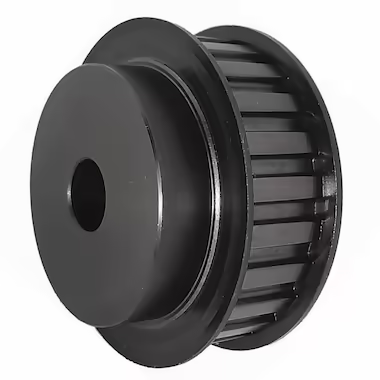
Are XL pulleys available in different sizes and configurations?
Yes, XL pulleys are available in a variety of sizes and configurations to accommodate different application requirements. The size and configuration of XL pulleys can vary in terms of the number of teeth, pitch diameter, bore size, and overall dimensions. Here are some key aspects of the size and configuration options for XL pulleys:
1. Number of Teeth:
XL pulleys are manufactured with a specific number of teeth that correspond to the tooth profile of the timing belt they are designed to work with. The number of teeth affects the speed ratio, torque transmission, and positioning resolution of the pulley system. XL pulleys can have different tooth counts to meet the specific motion control requirements of the application.
2. Pitch Diameter:
The pitch diameter of an XL pulley refers to the diameter of the circle formed by the centerline of the pulley’s teeth. XL pulleys are available with different pitch diameters to accommodate various belt lengths and speed requirements. The pitch diameter affects the linear velocity and torque transfer capabilities of the pulley system.
3. Bore Size:
The bore size of an XL pulley refers to the diameter of the central hole through which the pulley is mounted onto a shaft. XL pulleys are designed with different bore sizes to fit various shaft diameters. They can have standard bores or keyway/keyslot configurations to ensure secure and precise shaft coupling.
4. Overall Dimensions:
XL pulleys come in different overall dimensions, which include the outer diameter, hub width, and flange size. The outer diameter determines the pulley’s physical size, while the hub width and flange size affect the pulley’s stability and belt retention. These dimensions are chosen based on the specific application requirements and available space constraints.
5. Customization:
While standard sizes and configurations of XL pulleys are readily available, manufacturers often offer customization options to meet unique application needs. Customization can involve specific tooth profiles, special bore sizes, non-standard dimensions, or even the use of different materials to suit specific operating conditions.
When selecting XL pulleys, it is essential to consider the requirements of the application, including the desired motion control parameters, load capacity, and space limitations. Consulting with pulley manufacturers or suppliers can help ensure the selection of the most appropriate size and configuration for the specific application.


editor by CX
2024-04-24
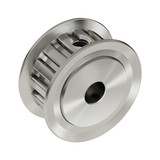
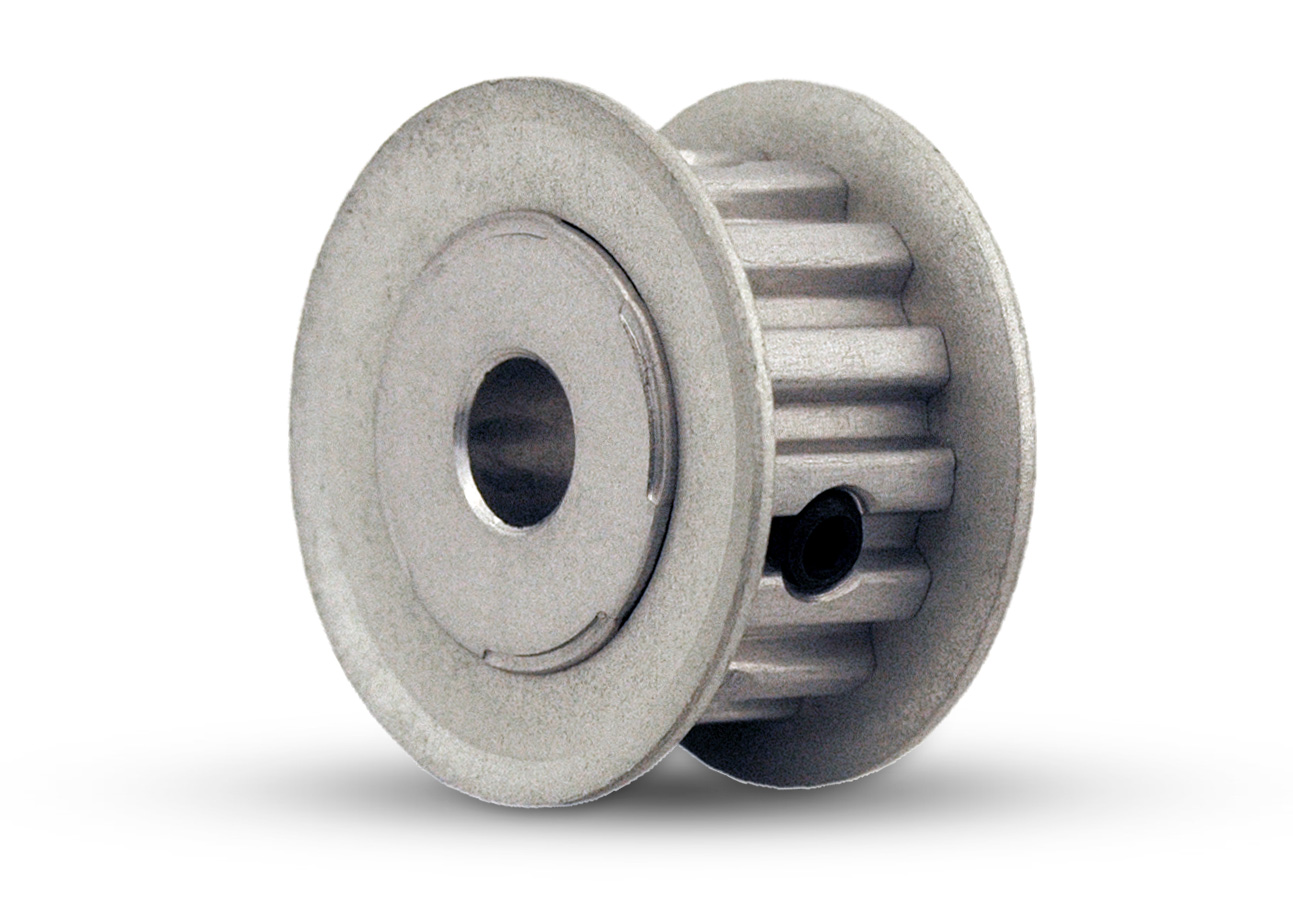
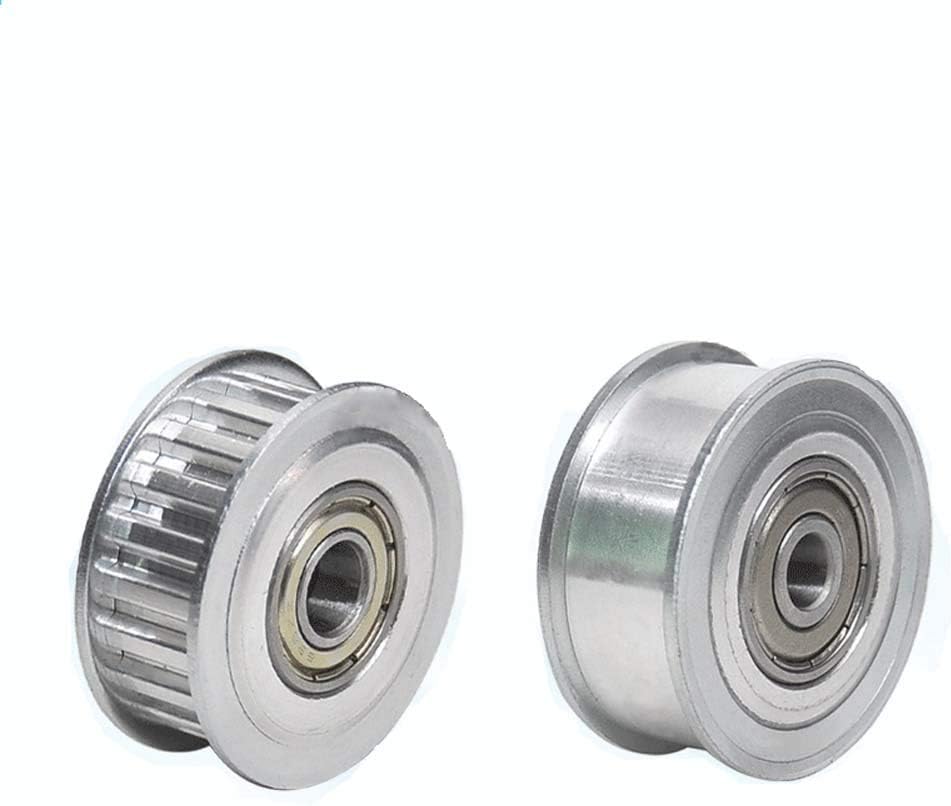
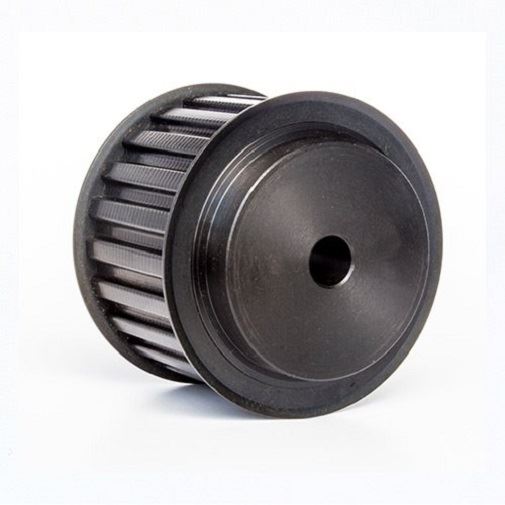
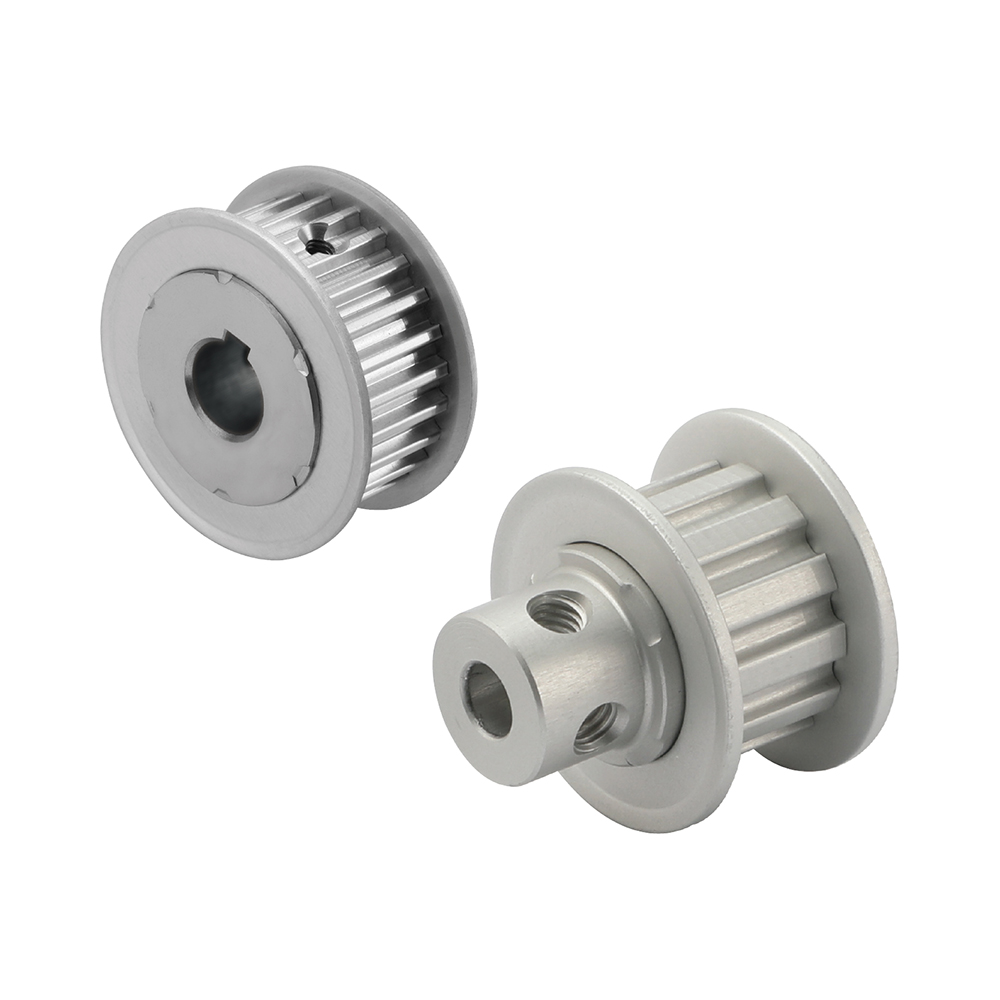
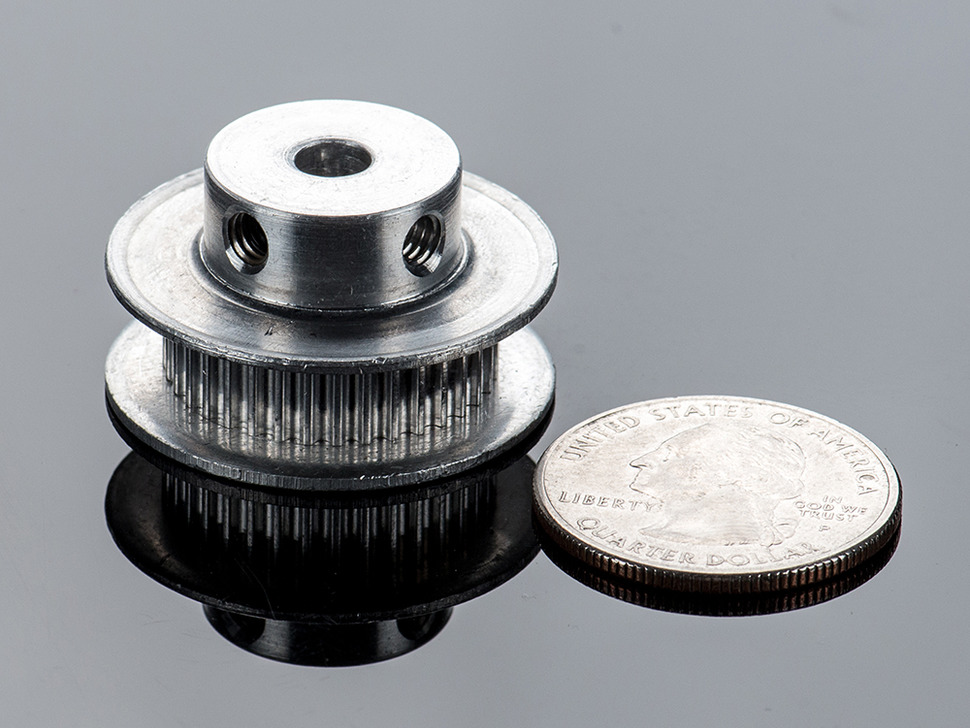






.jpg)




